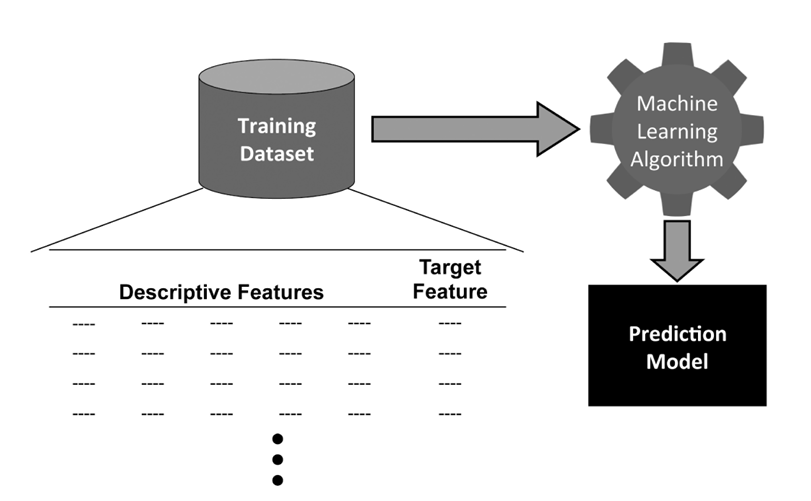COMP 3202 - Introduction to Machine Learning
COMP 3202 introduces concepts and algorithms in machine learning for regression and classification tasks. The course gives the student the basic ideas and intuition behind model selection and evaluation, and selected machine learning methods such as random forests, support vector machines, and hidden Markov models.
Dr. Yashar Tavakoli
Machine Learning for Predictive Data Analytics
What is Predictive Data Analytics?
Predictive data analytics is the art of building and using models that make predictions based on patterns extracted from historical data. Applications of predictive data analytics include:
-
Price Prediction
Predicting future prices of products or services based on historical data and trends. -
Dosage Prediction
Determining the correct dosage of medication or treatment for specific conditions or populations. -
Risk Assessment
Evaluating the likelihood of future events or outcomes, often in finance, healthcare, or insurance. -
Propensity Modeling
Identifying the likelihood of a customer or user exhibiting a particular behavior, such as purchasing a product. -
Diagnosis
The identification of diseases or conditions based on symptoms, test results, or patient data. -
Document Classification
Categorizing documents into predefined categories or classes using text analysis techniques.
What is Machine Learning?
Machine learning is defined as an automated process that extracts patterns from data.
To build the models used in predictive data analytics applications, we use supervised machine learning. Supervised machine learning techniques automatically learn a model of the relationship between a set of descriptive features and a target feature based on a set of historical examples, or instances. We can then use this model to make predictions for new instances. These two separate steps are shown below:




